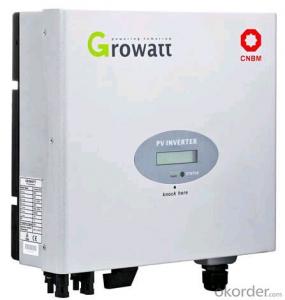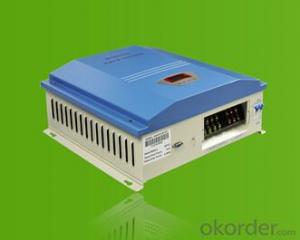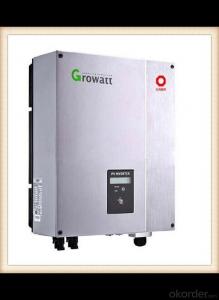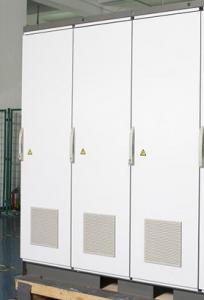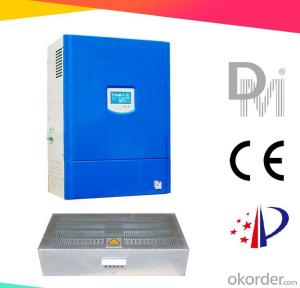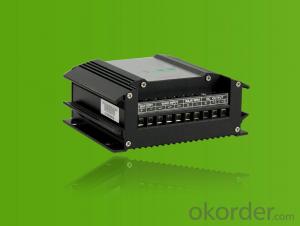1kw Hybrid Solar Inverter
1kw Hybrid Solar Inverter Related Searches
Home Power Inverter For Solar Solar Power Inverter For House Inverter For Solar Power Plant Inverter For Off Grid Solar High Power Solar Inverter Cost Of Solar Power Inverter Solar Power Inverter System Power Inverter Solar Panel Best Off-Grid Solar Inverter Best Off Grid Solar InverterHot Searches
Solar With Inverter Price Solar Inverter With 2 Battery Solar Inverter With Ac Outlet China Hybrid Solar Inverter Solar Inverter Hybrid Price Hybrid Solar Inverter Price Solar Inverter 1kw Price 1kw Solar Inverter Price Solar Inverter Hybrid 10kw Solar Inverter Hybrid Tesla Hybrid Solar Inverter Type Of Inverter For Solar Types Of Inverter For Solar Used Solar Inverter For Sale Inverter Size For Solar System Solar Edge Inverter For Sale 5kw Solar Inverter For Sale Solar Inverter For Sale Solar Inverter For Battery Solar Inverter For Split Ac1kw Hybrid Solar Inverter Supplier & Manufacturer from China
Okorder.com is a professional 1kw Hybrid Solar Inverter supplier & manufacturer, offers integrated one-stop services including real-time quoting and online cargo tracking. We are funded by CNBM Group, a Fortune 500 enterprise and the largest 1kw Hybrid Solar Inverter firm in China.Hot Products
FAQ
- Yes, there are government incentives and rebates available for solar inverters in many countries. These incentives and rebates vary depending on the country and sometimes even on the state or region within a country. It is recommended to check with local government or energy authorities to find out specific incentives and rebates available for solar inverters in your area.
- Photovoltaic grid-connected inverter without DC emc how will happen
- When solar or other light illuminates the PN junction of the semiconductor, a voltage (called a photogenerated voltage) occurs on both sides of the PN junction. This phenomenon is the famous photovoltaic effect.
- A solar inverter communicates with other devices in a solar power system through various communication protocols such as Wi-Fi, Ethernet, or RS485. These protocols enable the inverter to exchange data and information with devices like solar panels, batteries, energy management systems, or monitoring devices. This communication allows for real-time monitoring, control, and optimization of the solar power system's performance.
- Yes, a solar inverter can be used in conjunction with a battery management system. In fact, combining a solar inverter with a battery management system allows for efficient energy storage and utilization, as the battery management system controls the charging, discharging, and overall management of the batteries, while the solar inverter converts the direct current (DC) power from the batteries into alternating current (AC) power for use in homes or businesses. This integration enables a more sustainable and reliable energy solution by maximizing the use of solar energy and providing backup power during grid outages.
- Yes, a solar inverter can be used with solar-powered data centers. A solar inverter converts the direct current (DC) produced by solar panels into alternating current (AC) that can be used to power electrical equipment, including data centers. By connecting the solar panels to a solar inverter, the generated solar energy can be effectively utilized to power data centers, making them more sustainable and reducing reliance on traditional power sources.
- A solar inverter provides ground fault protection by continuously monitoring the flow of electricity between the solar panels and the electrical grid. If it detects any abnormal or excessive current leakage to the ground, it quickly shuts off the flow of electricity to prevent electrical hazards, such as electric shocks or electrical fires.
- A hybrid solar inverter works by converting the direct current (DC) electricity generated by solar panels into alternating current (AC) electricity that can be used to power household appliances or fed back into the grid. It also has the capability to store excess solar energy in batteries for later use, ensuring continuous power supply even during periods of low sunlight or power outages. This enables users to maximize their solar energy utilization and reduce dependence on the grid.
- The maximum number of solar panels that can be connected to a single inverter depends on the inverter's capacity and the specifications provided by the manufacturer. It can vary widely based on factors such as the wattage rating of the inverter, the voltage and current output of the solar panels, and the electrical compatibility between them. It is important to consult the manufacturer's guidelines or seek professional advice to determine the appropriate number of panels for a specific inverter.






